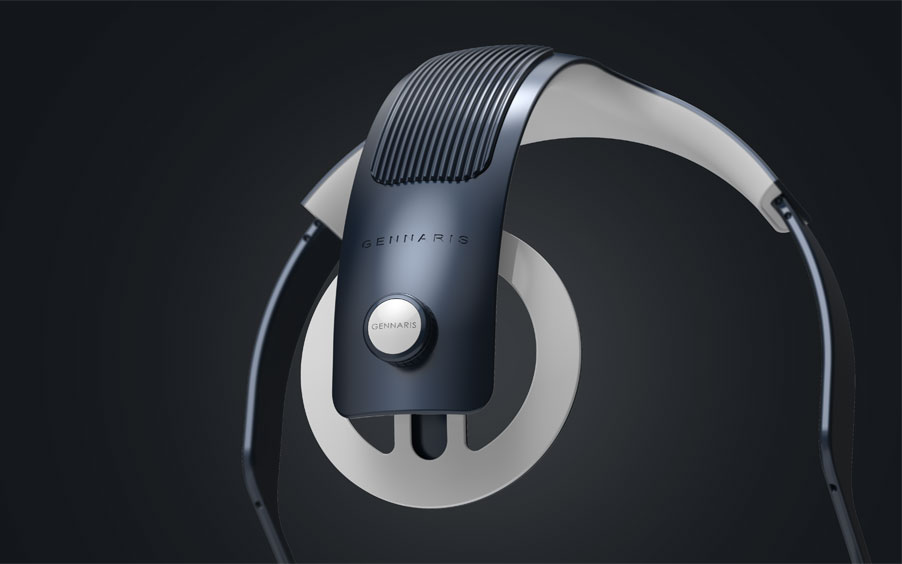A team of Australian researchers has developed a bionic device that could restore sight to the blind through a brain implant in the future.
A real miracle (of science) has come true in Australia. A team of researchers at Monash University in Melbourne has designed a bionic device that could restore sight to the blind in the future. Gennaris – this is the name of the project developed in collaboration with Alfred Health, MiniFAB and Gray Innovation – includes a special headgear with wireless camera and transmitter, a data processing unit and software. To complete it all, there is a series of 9 x 9 mm tiles for implantation in the brain. The camera captures images from the surrounding environment and sends them wirelessly to the headgear. Here, a vision processor processes the information received and transmits the data to the implanted cards directly into the brain. The brain implant converts the data into a model of electrical impulses that stimulate the brain, creating a visual model formed by points of light (phosphenes). According to the researchers, this process should provide the user with the information necessary to move indoors and outdoors and possibly recognize the presence of people and objects.
You might also be interested in —> Thanks to a new patent, Apple Glass can be graduated
The bionic brain implant to restore sight to blind people
The bionic implant to restore sight to the blind has already been successfully tested on animals. Currently, researchers are conducting trials on human volunteers with optic nerve injury. Gennaris is not the only project that aims to exploit the potential of technology to improve the quality of life of people with diseases or injuries to the visual system. A few months ago, a team of Chinese researchers developed and successfully tested an Electrochemical Eye or EC-Eye modeled on the human retina with a concave curve. The surface has a series of tiny light sensors that mimic the photoreceptors of the human retina. The sensors are attached to a bundle of liquid metal wires that act as an optic nerve. The artificial eye is an artificial visual system capable of mimicking the human eye. A metal shell forms the eyeball to which a lens is attached. On the back is completed by an artificial retina, while an ionic liquid is located in the middle. In the future, these nanophilic light sensors could be connected directly to the nerves of visually impaired patients where beams of optical nerve fibers transmit information to the retina through a pore from the front of the retina to the back (thus creating a blind spot in human vision) before reaching the brain.
Read also —> Five blind patients regain partial vision thanks to the bionic eye
